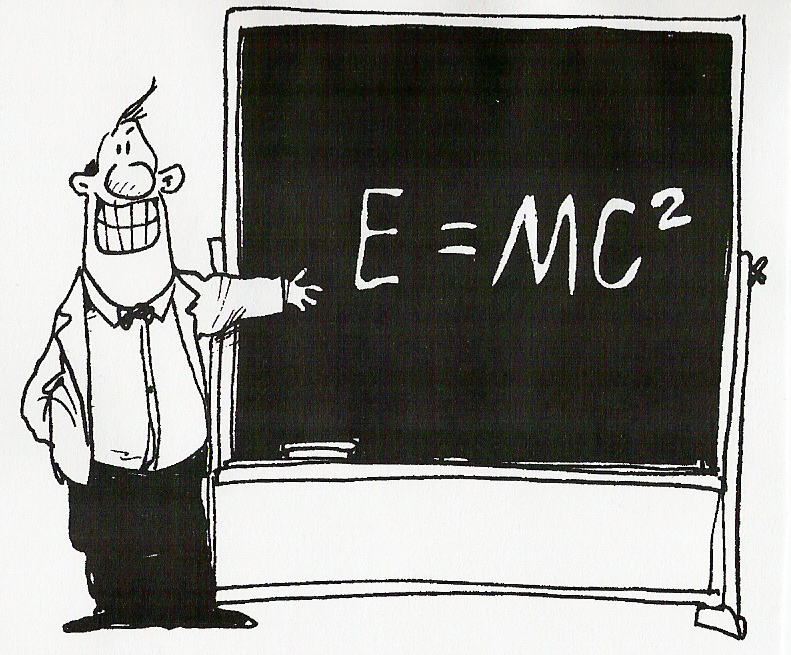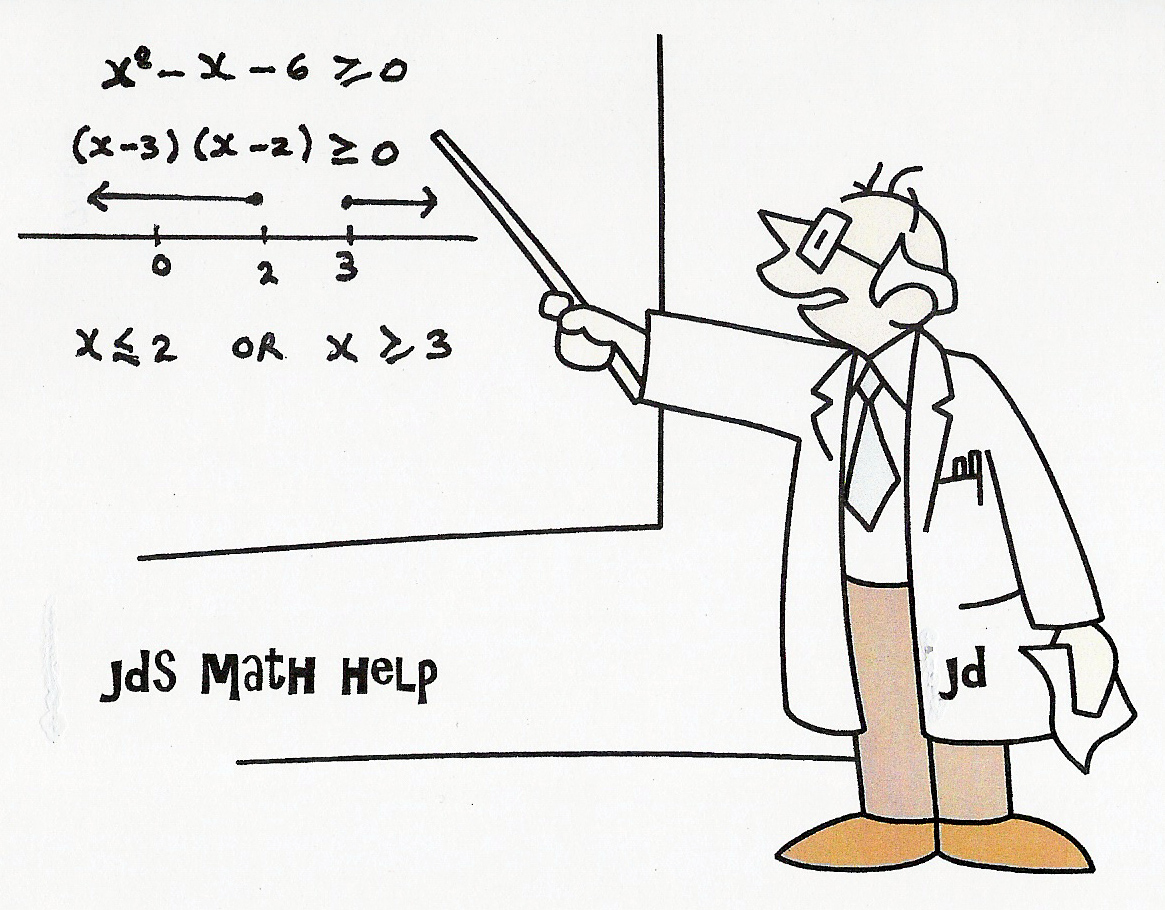|
|
|
|
|
|||||||||
|
|
|||||||||||||

UNIT 5
: EXPONENTIAL & LOGARITHMIC FUNCTIONS
LESSON 8: LOGARITHMIC
EQUATIONS SUMMARY AND REVIEW
LESSON 1: LAWS OF EXPONENTS
Examples of Powers:
25
= 2 x 2 x 2 x 2 x 2 = 32; (-3)3
= (-3) x (-3) x (-3) = -27; 2.72
= 2.7 x 2.7 = 7.29
A POWER (am
) consists of two parts; the base a and the exponent m.
Review of Basic Exponent Laws:
|
Rule |
Example |
Explanation |
|
am x an = am+n |
32 x 35 = 37 |
Multiplication Rule - If the bases are the same, add the exponents |
|
|
|
Division Rule - If the bases are the same, subtract the exponents |
|
(am)n
= amn |
(32)3=36 |
Power Rule When taking a power of a power, multiply the exponents |
|
(ab)m
= amam |
(3 x 2)4 = 34
x 24 |
Power of a Product Take each factor in the product to that power |
|
|
|
Power of a Quotient Take numerator and denominator to that power |
Zero
Exponents: Rule: a0 = 1
Examples : 20 = 1;
(-3.4)0 = 1 (x2)0
= 1; Note that 00
is not defined.

Examples :
![]()
Example : Simplify
![]()
![]()
![]()
Solutions:



Rational Exponents:


Examples :

LESSON 2: Exponential
Equations: 2x
= 64; 92x 1 = 729; 500(1.02)x 1 = 897.56
Theorem: If ax = ay, then x = y. In words: If an exponential equation has the bases equal, then the exponents must be equal.
This theorem gives us our strategy for solving exponential equations, namely convert each side of the equation to a common base.


Growth and Decay
problems:
Example:
The half-life of radium is 1600 years. What fraction of radium remains from a
sample after 12 800 years?
Solution: Again let the starting mass be 1
g.
Recall:
A = ? A0 = 1 g t = 12 800
years h = 1 600 years

·
A is
the mass remaining after the decay period
·
A0
is the original mass of radioactive material
·
½ is the decay factor
·
t is
the total time elapsed
·
h is
the half-life of the material

![]()
Example:
A bacteria culture doubles in size every 20
min. How long will it take for a sample
of 10 bacteria to grow to 20 480?
Solution:
A = 20 480 A0 = 10 t = ? d = 20 min.

Therefore
it will take 3 2/3 hours.
LESSON 3: Exponential
Functions:


LESSON 4: THE EXPONENTIAL FUNCTION y = ex

Table of Values
& graph:

|
x |
|
|
-3 |
|
|
-2 |
|
|
-1 |
|
|
0 |
1 |
|
1 |
|
|
2 |
|
|
3 |
|
|
4 |
|


LESSON 5:
The Logarithmic Functions:
Logarithmic functions are the inverses of exponential functions.
![]()
Table of Values
& Graphs:

|
x |
y |
|
-3 |
|
|
-2 |
|
|
-1 |
|
|
0 |
1 |
|
1 |
|
|
2 |
|
|
3 |
8 |
|
4 |
16 |
Now form the inverse of this function by interchanging x
and y in the ordered pairs and the equation.

|
x |
y |
|
|
-3 |
|
|
-2 |
|
|
-1 |
|
1 |
0 |
|
|
1 |
|
|
2 |
|
8 |
3 |
|
16 |
4 |
The equation of the inverse is found by interchanging x and
y in the equation y = 2x. This yields
x =
2y. If we put this equation in
logarithmic notation,
we obtain the logarithmic function y = log2x. The graph is a reflection in the line y = x
of the exponential function y = 2x and is shown in red above.
![]()
The Natural Logarithmic Function y = logex or y
= ln x:


|
x |
|
|
-3 |
|
|
-2 |
|
|
-1 |
|
|
0 |
1 |
|
1 |
|
|
2 |
|
|
3 |
|
|
4 |
|
Now
form the inverse interchange the components of the ordered pairs:

|
x |
y |
|
|
-3 |
|
|
-2 |
|
|
-1 |
|
1 |
0 |
|
|
1 |
|
|
2 |
|
|
5 |
|
|
4 |
The equation of
the inverse is found by
interchanging x and y in the equation y
= ex. This yields x = ey.
If we put this equation in logarithmic notation, we obtain
the logarithmic function y = logex or y = lnx.
The graph is a reflection in the line y = x of the
exponential function y = ex and is shown in red above.

Logarithms:
Note: When we
read log28, we ask the
question To what exponent must base 2
be raised to give 8? The answer is of
course 3
and this idea gives rise to
the following definition.
Definition: the
expression logax
is defined to mean the
exponent to which base a must be raised to give x.
The expression reads: the logarithm of x, base a.
Hence log10100 means the exponent to
which base 10 must be raised to give 100.
The answer is 2, giving the statement
log10100 = 2.
Hence log381 means the exponent to
which base 3 must be raised to give 81.
The answer is 4, giving the statement
log381 = 4.
|
Exponential Form |
Logarithmic Form |
|
34 = 81 |
log381 = 4 |
|
52 = 25 |
log525 = 2 |
|
25 = 32 |
log232 = 5 |
|
103 = 1000 |
log101000 = 3 |
|
|
|
|
|
|
The
following properties of logarithms are important and used frequently in our
study of logarithms. They correspond
closely to
our rules for exponents
studied earlier.

The following properties
of natural logarithms are important and used frequently in our study of
logarithms.
They correspond closely to
our previous rules for logarithms studied above.

LESSON 6:
LOGARITHMIC EQUATIONS


LESSON
7: Growth and Decay Problems Revisited:
Growth
and decay problems are governed by the following formula:






